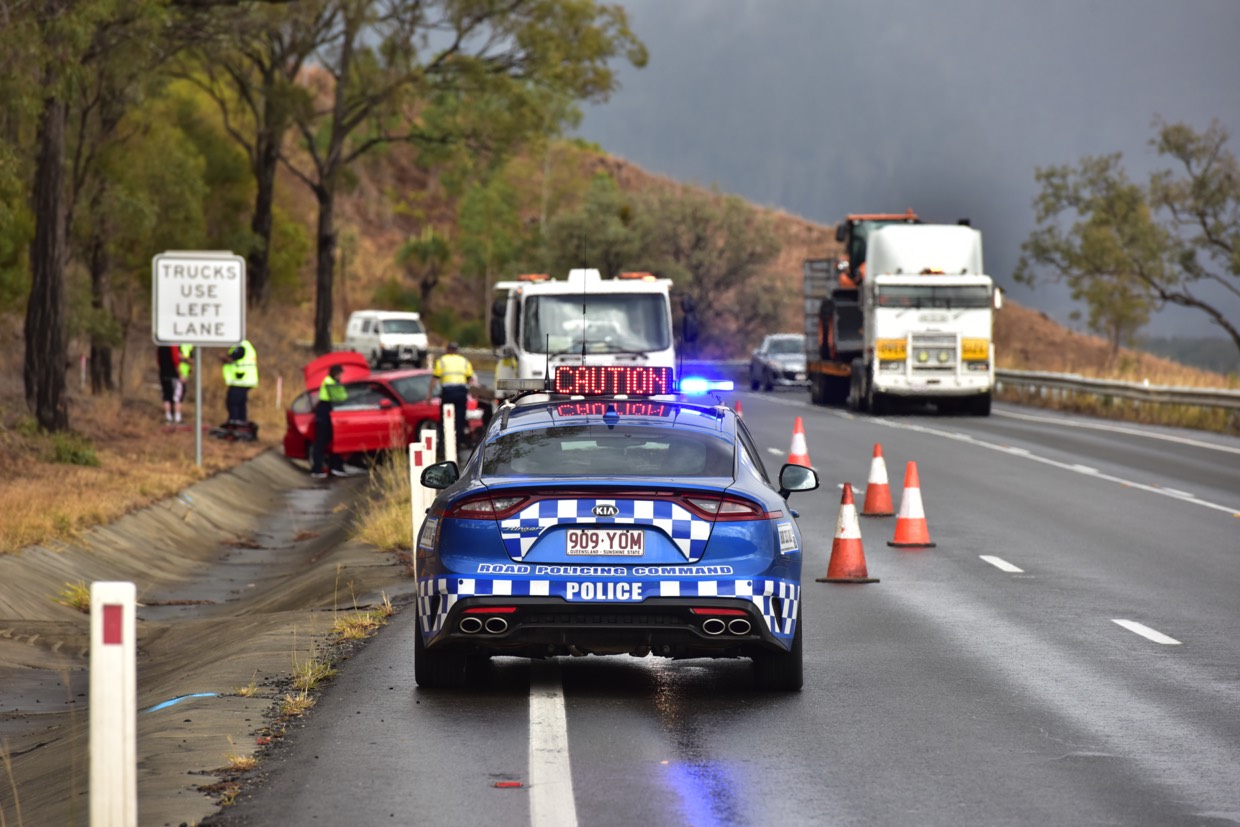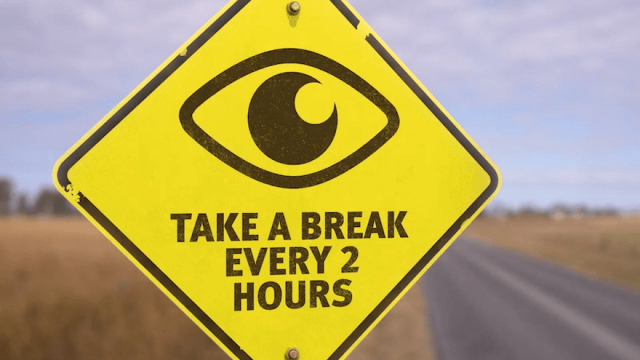
Did you know?
- 102 lives are lost each year on Queensland’s remote, very remote and outer regional roads.
- Last Christmas/New Year period (2024/25), 12 lives were lost and hundreds hospitalised from road crashes across 12 days in Queensland.
- 87% of fatal crashes involving young drivers on rural roads happened in high-speed zones.
- 14 lives are lost and 243 are hospitalised from road crashes involving a light passenger vehicle towing a trailer.
Expect the unexpected
With long travel distances, high-speed limits, and some unpredictable conditions, driving in rural and remote areas takes some serious concentration. If conditions change, slow down – because the faster you go the less time you have to react to the unexpected.

Dust
Queensland Police captured footage on outback roads at Windorah and Birdsville showing visibility hazards while driving.

Wildlife
Wildlife—particularly kangaroos—are more active at dawn and dusk and cattle and sheep might stand in the middle of the road to watch you approach.

Weather
Dry weather can create dusty conditions and limit your visibility, while wet weather can make roads muddy, slippery and boggy. Keep yourself safe by slowing down.

Fatigue
Long distances and stretches of unchanging outback landscape can make a driver very tired. Drifting, yawning, or trouble keeping your eyes open? It’s a sign you should take a break.

Unsealed roads
In rural and remote areas, you may encounter gravel, sand or dirt roads. Driving on unsealed roads can be challenging – your tyres can lose traction, while loose dirt and gravel can be thrown up by other vehicles.

Time of day
When driving at night, many rural and remote roads are unlit. If you’re driving towards the west, the afternoon sun from 4pm can impact your visibility and mean you might not see oncoming vehicles or animals.
Outback etiquette
Dust can reduce your vision while driving and hide the road. See someone up ahead? Slow down or wait it out.
Plan ahead
Planning your trip ahead can save you trouble on the road.
Before you leave
- Make sure your vehicle is safe to drive.
- Plan your trip.
- Include rest stops on long trips so you don’t drive tired.
- Check for traffic updates and changes to road conditions.
- Plan ahead so you don’t drink and drive.
- Safely restrain children and plan how to keep them busy during the drive.
Learn more about journey planning for regional and remote roads here.
